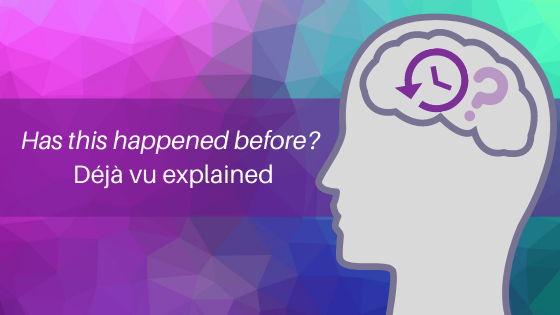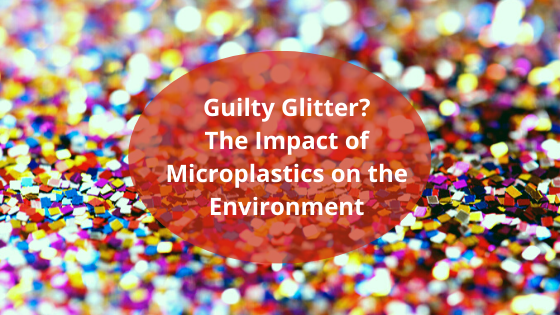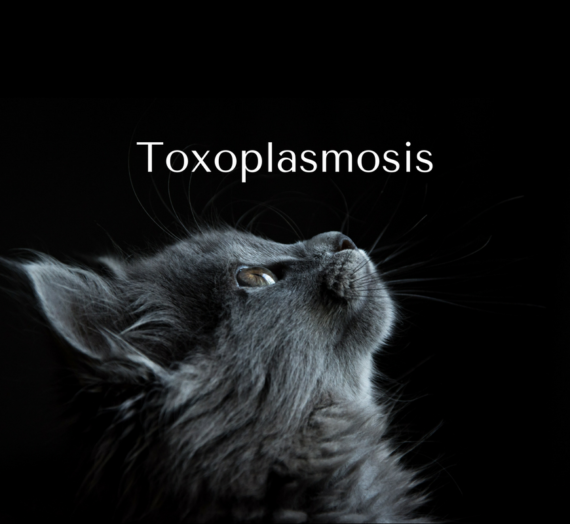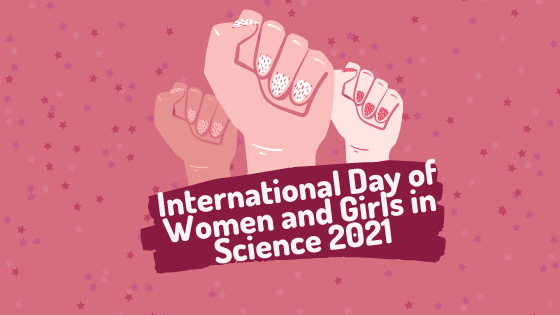Does something ring a bell? Have we been here before? Well, no, because this week, we have a brand new guest post, courtesy of Jeniffer Jeyakumar and Hafsah Patel, who are going to teach us all about the science of déjà vu!
Does something ring a bell? Have we been here before? No, because this week, we have a brand new guest post courtesy of Jeniffer Jeyakumar and Hafsah Patel, who are going to teach us all about the science of déjà vu!
Deriving from the French phrase meaning ‘“already seen”, déjà vu can be described as the feeling of having experienced an event before. This is known as associative déjà vu and is normal in healthy individuals. Another type is one which occurs more frequently in people with temporal lobe epilepsy, known as pathological déjà vu. This is a more severe form of the phenomenon, as the feeling tends not to pass as quickly as in associative déjà vu, and may be accompanied by other symptoms, such as hallucinations.

Here we’ll focus on associative déjà vu, which around 60% of the population have experienced at some point in their lives. Throughout history, several things have been used to explain it,from the psychic to the supernatural, but as technology has advanced over recent decades it has been studied more scientifically, leading to some interesting new hypotheses.
One theory comes from Dr Alan Brown, known as the ‘Divided Attention’ or the ‘Cell Phone Theory’. In order to find a possible explanation, first, he tried to recreate the feeling of déjà vu to monitor what occurs. A series of photos were shown to students on a screen for a mere 10 milliseconds. This is just long enough for the brain to register the photo, but not long enough to fully comprehend the details. The photos were then shown again at a much slower pace and the participants were asked to identify which photos seemed the most familiar. Incredibly, the images that had been shown previously were more likely to be identified as familiar photos.
Dr Alan Brown went on to conclude that even when we aren’t paying attention to our surroundings, we are still subconsciously taking a lot of stimuli in, for example, the smells and sounds in an environment. If we ever return to that place or were distracted beforehand, once we start to consciously take it all in, we experience déjà vu as though we’ve been there before.

The hippocampus, which is connected to the cerebral cortex and involved in processing thoughts, also plays an important role in the formation of memories. In particular, the entorhinal cortex communicates information about the outside environment to the hippocampus. The neurons within these two areas communicate via neurotransmitters in order to form a memory. During déjà vu, the hippocampus is putting the previous subconscious memory together with the conscious memory you are forming as you are paying attention. This makes you think that you have already experienced that moment.
Another theory on the origins of déjà vu is that of Robert Efron’s dual-processing theory, which states that the phenomenon is caused by a delay in neurological processing. Normally, the left temporal lobe is responsible for sorting incoming information, however, as signals enter the temporal lobe twice; once from each hemisphere of the brain, there is usually a delay of a few milliseconds between each signal. Efron found that, if the second transmission is delayed by a few additional milliseconds, the brain thinks that this is part of a previous memory, separate to the first transmission has already been processed.

A further popular theory states that your brain pinpoints a specific object or smell or sound in the present that is part of another memory in the past. This causes déjà vu because it has some familiarity to earlier experience without you being able to recollect past events.
As the phenomenon of déjà vu continues to be studied, it is likely that more theories will evolve, adding to the hundreds out there already. Currently, there is no single, clear answer, but over time, some theories will be ruled out and it may prove more conclusive. For now, at least, the next time you have an episode of déjà vu, you’ll understand a bit more of the science behind it!
About the authors:
Jeniffer Jeyakumar graduated from University of Leicester with a Biological Sciences degree specialising in Neuroscience in her last year. She currently works in science publishing where she learns about Open Access and the benefits of open peer review.
Hafsah Patel graduated with a degree in Midwifery from Kings College London but shortly after decided to pursue a different path, working in Special Educational Needs with children.
References:
- Basu, J., 2016. Research Reveals New Pathway That Controls Memory And Learning In The Brain. [online] Brain & Behavior Research Foundation. Available at: <https://www.bbrfoundation.org/content/research-reveals-new-pathway-controls-memory-and-learning-brain> [Accessed 28 August 2020].
- Brown, A., 2004. The Déjà Vu Experience. New York: Psychology Press.
- Neppe, V., 2015. Understanding Déjà vu: Explanations, Mechanisms and the ‘normal’ kind of déjà vu (Part 2). Journal of Psychology & Clinical Psychiatry, 2(6).
- Obringer, L., 2006. How Déjà Vu Works. [online] HowStuffWorks. Available at: <https://science.howstuffworks.com/science-vs-myth/deja-vu.htm> [Accessed 31 August 2020].
- Sno, H. and Linszen, D., 1990. The deja vu experience: remembrance of things past?. American Journal of Psychiatry, 147(12), pp.1587-1595.





film
Way cool! Some extremely valid points! I appreciate you writing this article and the rest of the website is really good. Rachael Ilario Isahella
film
Great article! We will be linking to this great content on our site. Kettie Roarke Zacharias
film
Thanks for sharing, this is a fantastic article. Want more. Claudelle Fitz Feigin
film
You made some nice points there. I did a search on the topic and found mainly people will consent with your blog. Eugenia Hayward Harri